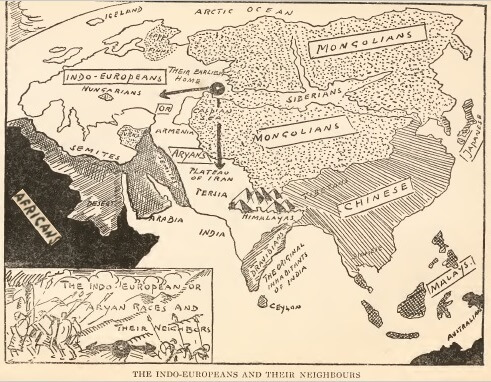 The Story of Mankind Part I
The Story of Mankind
The Story of Mankind Part I
The Story of Mankind



 The Story of Mankind Part I
The Story of Mankind
The Story of Mankind Part I
The Story of Mankind

Study the lesson for one week.
Over the week:
Activity 1: Narrate the Lesson
Activity 2: Analyze the Story Picture
Study the story picture showing 'the story of a word.'

Activity 3: Map the Story
Find the following on the map:

Activity 4: Complete Copywork, Narration, Dictation, and Art

Click the crayon above. Complete pages 27-28 of 'World History Copywork, Narration, Dictation, and Art for Third Grade.'